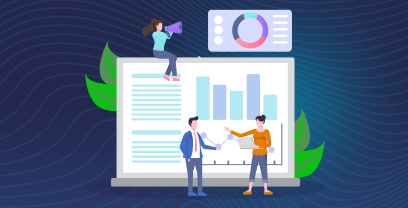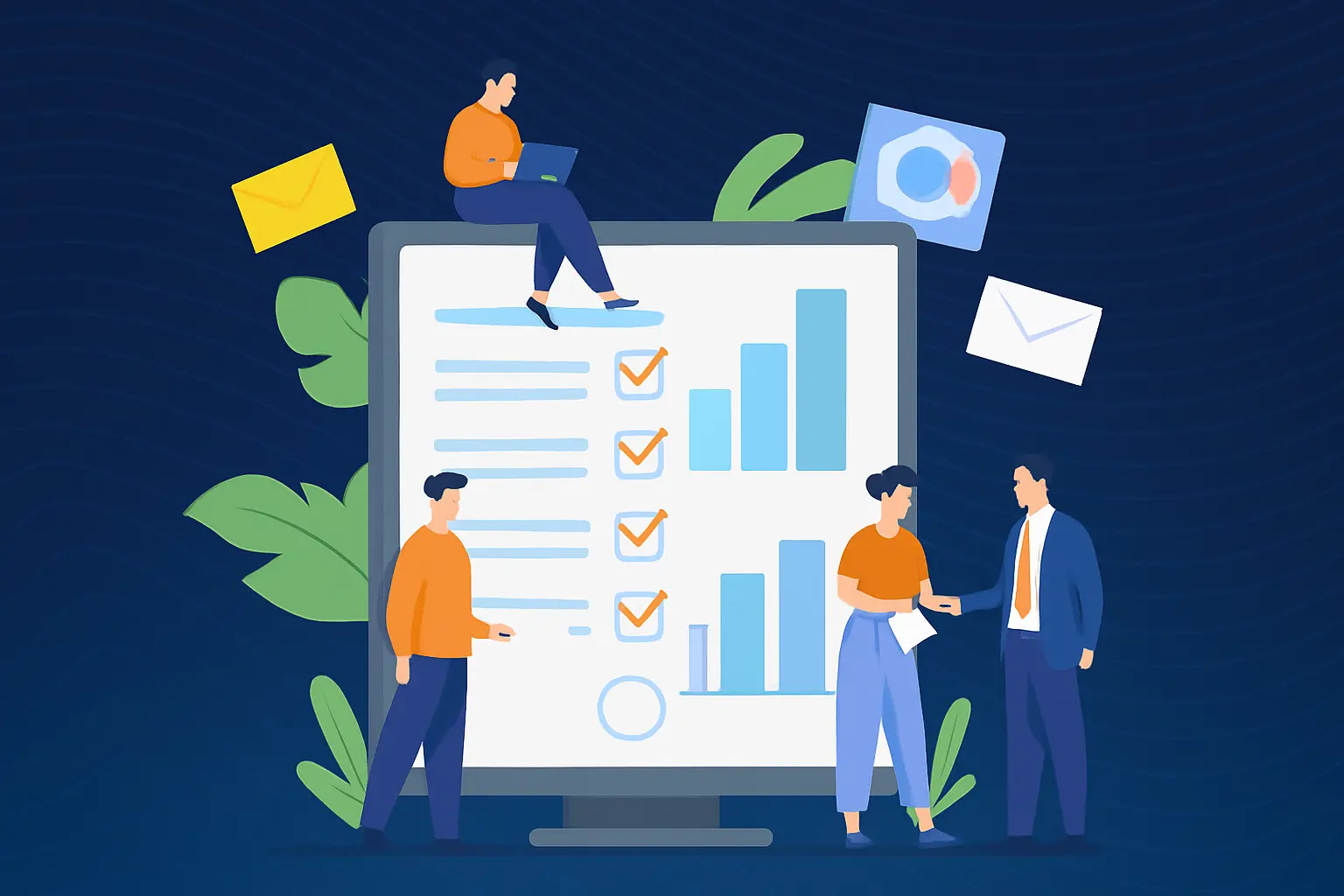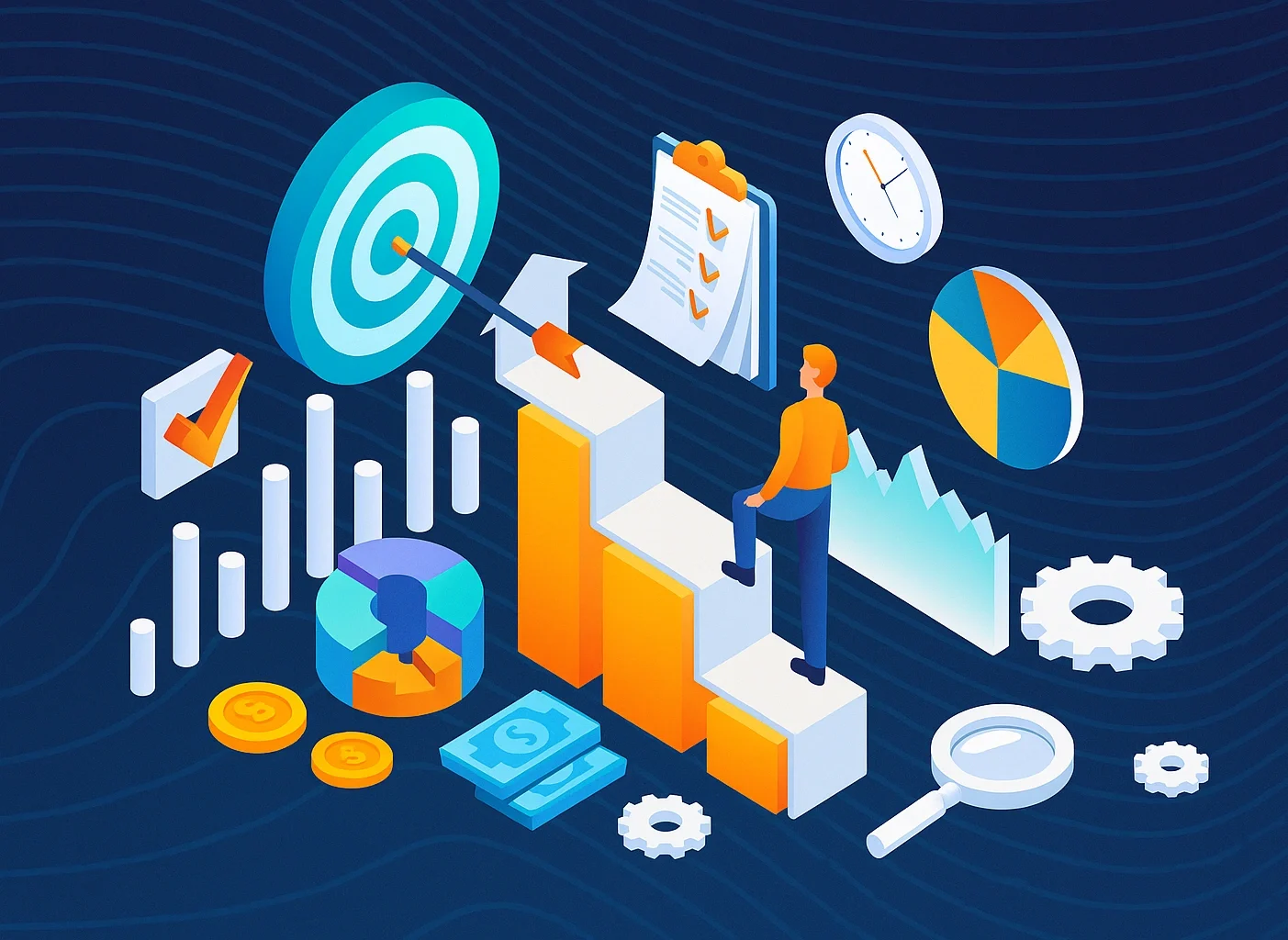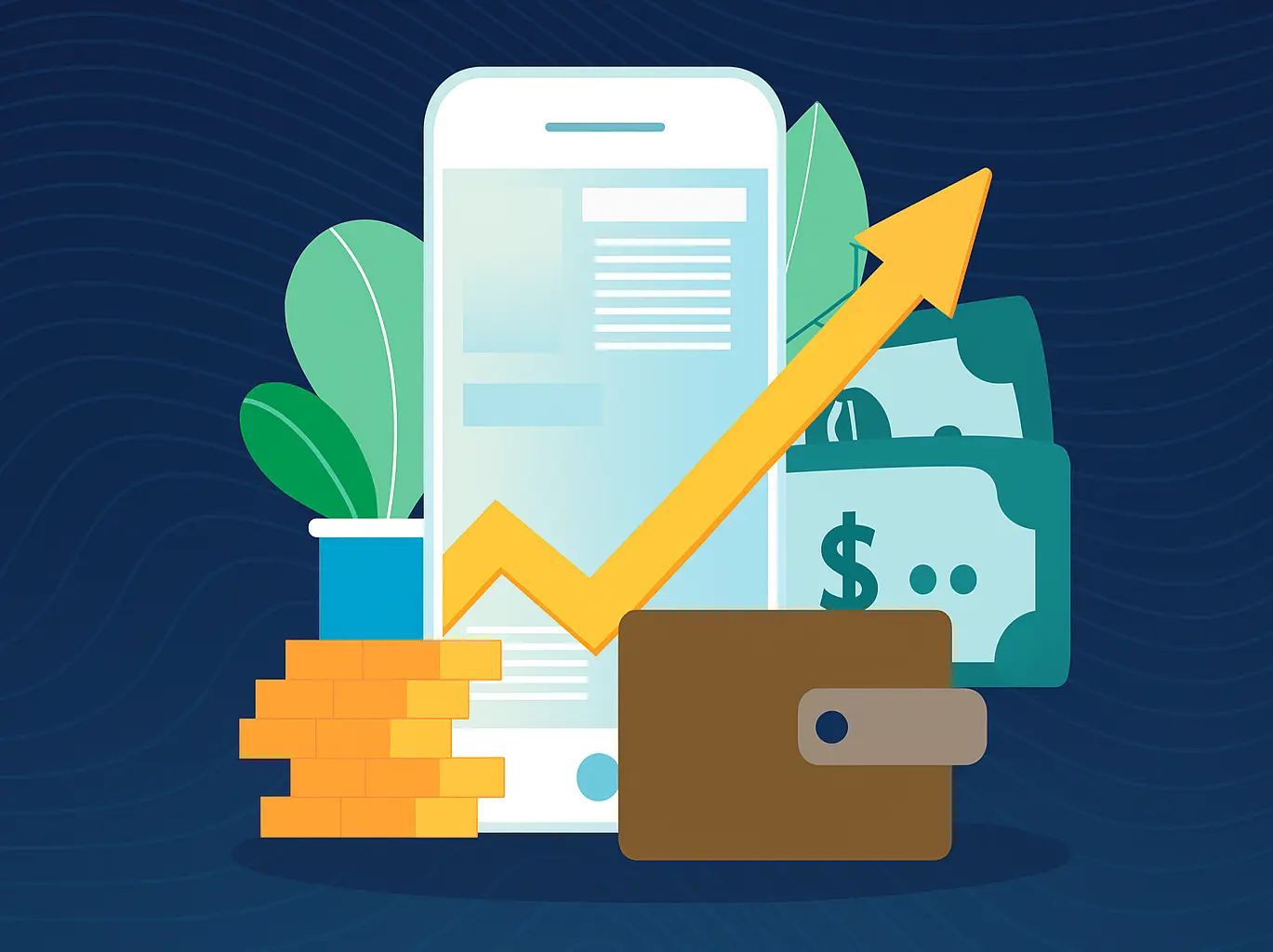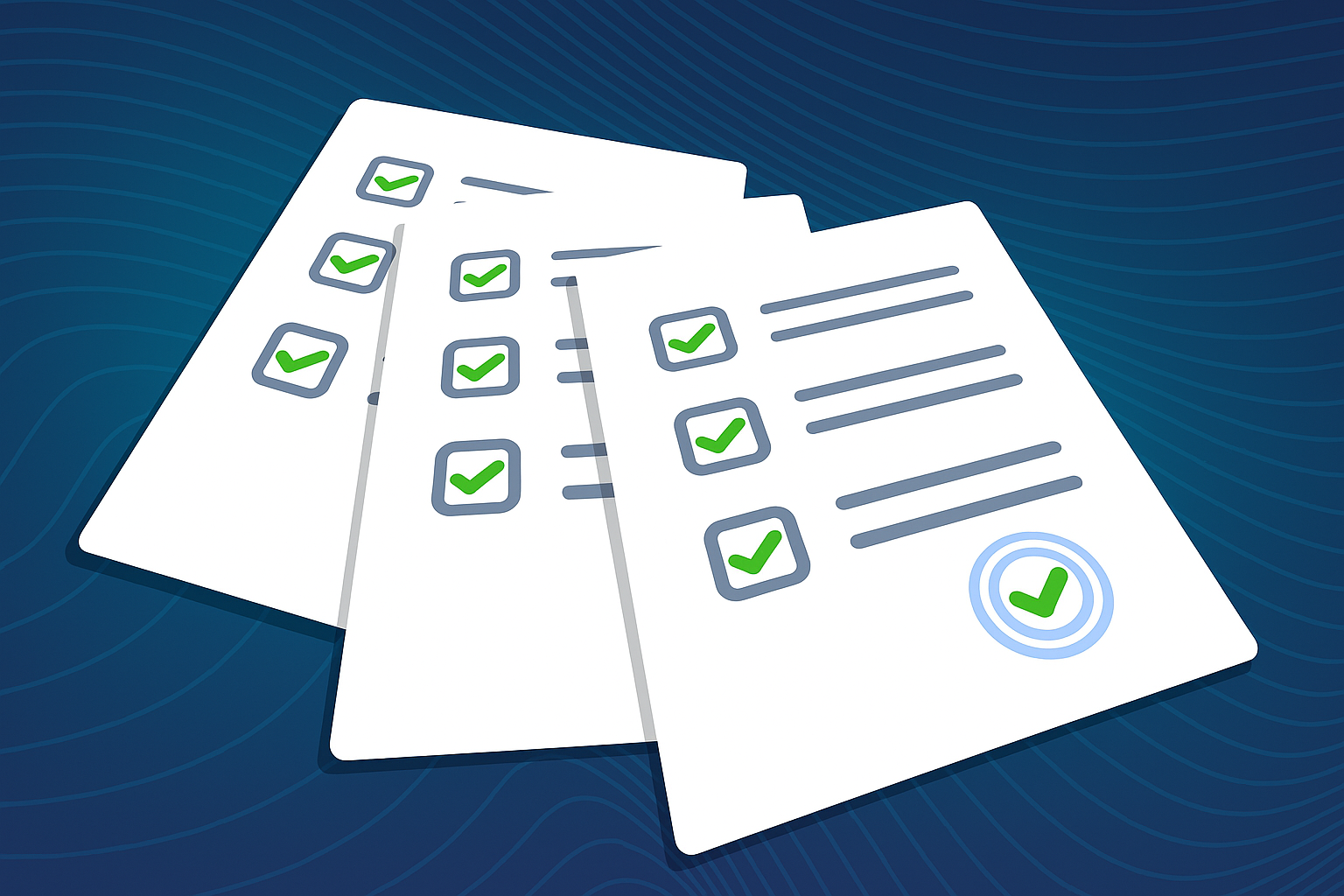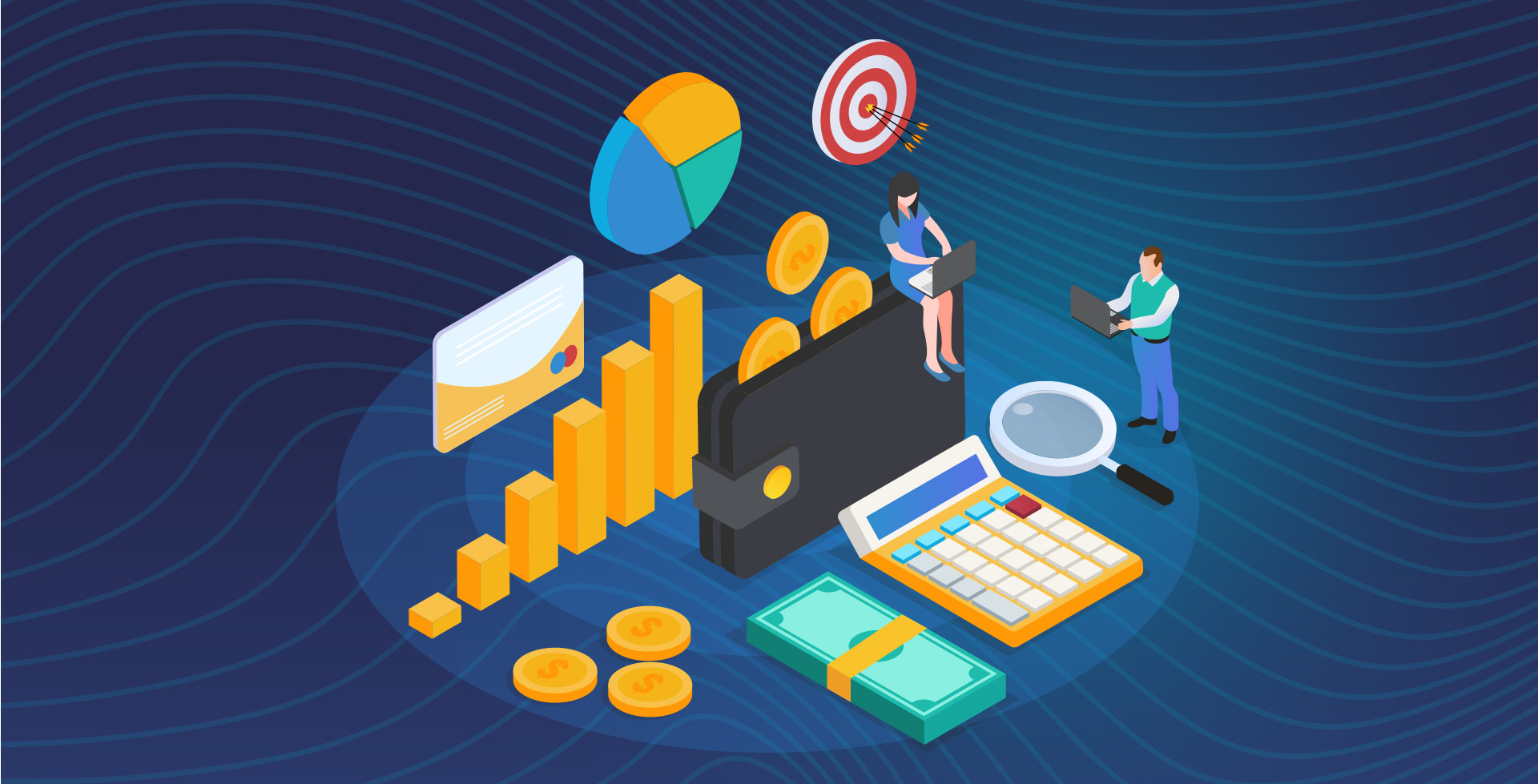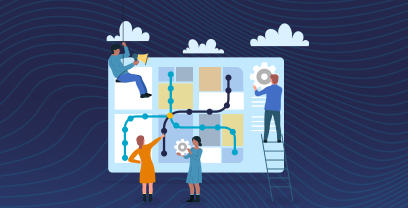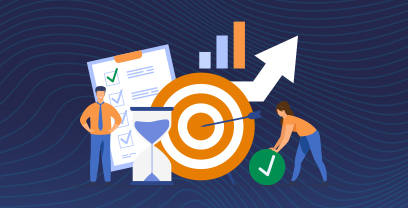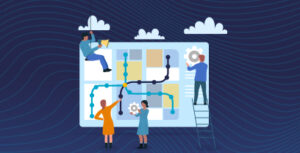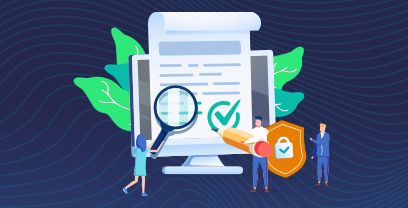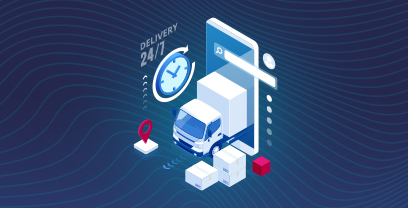Procurement and purchasing are often used interchangeably, but they serve distinct roles within any successful organization.While both involve acquiring goods and services, their workflows, objectives, and impact on enterprise risk management differ significantly. Understanding these differences is essential for businesses that want to optimize operational efficiency and safeguard against costly errors.
In this article, we break down the differences between procurement and purchasing, explain why the distinction matters, and explore how technology can align both functions to drive efficiency, compliance, and long-term value.
Key Takeaways
- Procurement is a strategic function focused on long-term value, while purchasing handles the tactical execution of buying.
- Aligning procurement and purchasing ensures efficiency, cost control, and reduced risk across the organization.
- Technology unifies procurement and purchasing, improving visibility, compliance, and workflow automation.
- Distinguishing the two helps enterprises optimize spend and strengthen supplier relationships.
Procurement vs. Purchasing: What’s the Difference?
While the terms procurement and purchasing are often used interchangeably, they address different aspects of an organization’s spend management.
Procurement is the strategic, big-picture approach to sourcing and supplier relationship management, while purchasing is the tactical execution of those plans.
Understanding the distinction helps organizations better align their procurement strategy with an efficient tactical purchasing process.
What is Procurement?
Procurement is the end-to-end process of identifying business needs, sourcing goods and services, negotiating contracts, and managing supplier relationships over time. It’s a strategic function that covers both direct and indirect spend and emphasizes total value creation.
Procurement activities include evaluating and selecting suppliers, negotiating contract terms, ensuring regulatory compliance, mitigating risk, and tracking supplier performance.
This broader view of procurement is critical for long-term success and aligns purchasing decisions with business goals.
What is Purchasing?
Purchasing is a tactical subset of procurement focused on the actual buying process. It begins once a supplier has been selected and pricing has been agreed upon.
Purchase-to-pay activities include creating and approving purchase orders, receiving goods or services, and matching invoices for payment.
While often seen as purely transactional, purchasing plays a critical role in supporting day-to-day operations, ensuring the timely and cost-effective delivery of goods.
Think of procurement as the architect, and the purchasing department as the builder executing the plan.
What Does Procurement and Purchasing Mean for Enterprises?
For enterprises, procurement and purchasing are closely linked but serve different roles in managing spend and supplier relationships.
Procurement is a strategic function focused on selecting suppliers, negotiating contracts, managing supply chain risk, and ensuring long-term value creation. It aligns sourcing decisions with broader business goals and supports innovation, compliance, and resilience.
Purchasing, by contrast, is more tactical and includes executing procurement strategies through day-to-day processes like placing orders, receiving goods, and processing payments. While procurement sets the strategy, purchasing ensures it’s carried out effectively.
Understanding how these functions complement each other is essential to building a streamlined, scalable sourcing model.
Let’s take a closer look at five key differences between strategic procurement and transactional purchasing and their respective roles in procurement and supply chain management.
5 Key Differences: Strategic Procurement vs. Transactional Purchasing
The procurement and purchasing functions may seem similar, but they differ significantly in purpose, process, and impact. Here’s how procurement strategy vs. purchasing process interact across five critical areas of enterprise operations.
1) Procurement optimizes TCO; purchasing focuses on price per unit
Procurement looks at total cost of ownership (TCO), including quality, risk, and long-term value. Purchasing is concerned with getting the right item at the best price at the moment.
2) Procurement builds supplier partnerships and negotiates contracts; purchasing executes transactions
Procurement is responsible for sourcing, vetting, and managing supplier relationships. Purchasing takes over once terms are set, handling orders, receipts, and payments.
3) Procurement ensures compliance, risk management, and ESG; purchasing ensures order accuracy
Procurement mitigates third-party risk, ensures regulatory compliance, and advances ESG goals. Purchasing ensures goods are ordered and delivered correctly and on time.
4) Procurement is strategic and value-driven; purchasing is reactive and process-driven
Procurement supports long-term business goals with proactive planning. Purchasing is task-oriented, reacting to approved needs with transactional efficiency.
5) Procurement aligns with finance, legal, and supply chain; purchasing follows procurement guidelines
Procurement collaborates cross-functionally to align sourcing with business priorities. Purchasing works within this framework to execute approved actions and maintain process compliance.
For more on how these functions fit into broader sourcing models, explore our guide on source-to-pay vs. procure-to-pay.
Procurement vs Purchasing – Why the Distinction Matters for Enterprise Procurement Teams
At the enterprise level, understanding the difference between procurement and purchasing is essential to operational success. When these functions are misaligned or the procurement strategy is weak, the consequences can ripple across the organization.
Poorly managed supplier relationships can lead to delivery delays, compliance failures, and reputational risk. Without strategic procurement guiding the way, purchasing becomes reactive and focused only on cost savings in procurement instead of adding value, which can lead to budget overruns and missed opportunities.
Keeping a clear distinction between the two terms ensures that your procurement team stays focused on long-term goals such as cost optimization, risk mitigation, and ESG alignment – while the purchasing team executes transactions efficiently within that framework.
How Procurement and Purchasing Work Together in Practice
While procurement and purchasing serve different roles, they function as interdependent parts of a larger system that drives organizational efficiency and control.
Procurement defines the strategy – selecting vendors, negotiating contracts, and setting policies. Purchasing carries out that strategy by processing orders, receiving goods, and managing payments.
Together, they ensure governance and compliance are upheld throughout the buying cycle.
- Procurement sets the guardrails to reduce risk and ensure alignment with business objectives.
- Purchasing enforces those guardrails through consistent processes, approvals, and documentation.
When both functions are aligned, organizations benefit from operational efficiency, cost control, and a clear audit trail. That’s why building a seamless handoff between procurement and purchasing is key to a mature, scalable sourcing model.
The 8 Stages of the Procurement and Purchasing Process
Procurement and purchasing work best when they operate in lockstep. Procurement drives the strategy and governance, while purchasing ensures efficient, compliant execution. Here’s how the full workflow breaks down across seven key stages:
1) Identify Needs and Requirements
- Procurement defines business-critical needs, ensures cost efficiency, and assesses supplier risk (e.g., scalability, compliance, and contract feasibility).
- Purchasing translates these needs into itemized specifications, confirms approval requirements, and prepares for vendor engagement.
Read our comprehensive guide to learn about the differences between direct and indirect procurement.
2) Supplier Selection and Evaluation
- Procurement evaluates and qualifies suppliers, manages RFPs, and selects partners based on value, reliability, ESG alignment, and risk profile.
- Purchasing initiates contact with approved suppliers and may assist in collecting quotes or proposals under procurement’s direction.
3) Contract Negotiation and Approval
- Procurement leads contract negotiation, ensuring terms align with business goals, regulatory requirements, and supplier performance expectations.
- Purchasing reviews finalized contracts for purchasing terms, pricing, and delivery schedules to enable seamless order execution.
Explore Ivalua’s contract lifecycle management software.
4) Purchase Requisition and Approval
- Procurement validates that requested items align with approved categories, budgets, and supplier frameworks.
- Purchasing creates and routes purchase requisitions for internal approval, preparing documentation for order issuance.
Explore Ivalua’s Procure-to-Pay software.
5) Purchase Order Management and Execution
- Procurement oversees PO compliance with negotiated contracts and monitors exceptions or deviations from policy.
- Purchasing generates, sends, and tracks requisitions and purchase orders (POs) with vendors, ensuring they reflect approved terms.
6) Receiving and Inspection
- Procurement monitors supplier performance, delivery timelines, and adherence to quality standards.
- Purchasing confirms receipt of goods or services, logs delivery confirmations, and flags discrepancies for resolution.
7) Invoice Matching and Payment
- Procurement ensures invoices align with contract terms and enforces financial governance and policy adherence.
- Purchasing matches invoices to POs and delivery records, then initiates payment through the appropriate financial systems.
Discover how Ivalua’s invoice automation software streamlines the final step of the purchasing process and saves our customers millions.
8) Performance Analysis and Supplier Review
- Procurement evaluates supplier performance against KPIs such as quality, delivery, cost, and compliance, using these insights to inform future sourcing strategies and contract renewals.
- Purchasing provides operational feedback on order accuracy, fulfillment speed, and day-to-day vendor management to support procurement’s evaluation.
See how Ivalua’s supplier management software supports continuous performance monitoring and collaboration.
How Technology Supports Both Procurement and Purchasing
Enterprise organizations increasingly rely on integrated procurement tools to unify these workflows. A unified platform such as Ivalua’s Digital Procurement Solution can bridge the gap between strategic sourcing (procurement) and transactional execution (purchasing), delivering greater compliance in procurement, stronger supplier relationships, and tighter control over enterprise-wide spend.
Here’s how technology supports both functions:
Procurement Technology Use Cases
Modern procurement automation enables teams to:
- Discover and onboard new suppliers efficiently
- Monitor supplier risk, performance, and ESG compliance
- Manage the entire contract lifecycle in one platform
- Forecast demand and analyze spend to optimize sourcing
Purchasing Technology Use Cases
Purchasing teams benefit from automated tools that streamline execution:
- Create and manage purchase requisition workflows
- Automate the purchase order process, including creation and multi-level approvals
- Perform 3-way match automation between PO, invoice, and receipt
- Process supplier invoices and manage P2P payment workflows seamlessly
In a connected environment, procurement and purchasing operate as one cohesive system. This enables better visibility, faster approvals, improved governance, and ultimately, greater business value.
But when these functions operate in silos or lack coordination, the results can be costly – opening the door to inefficiencies, compliance risks, and missed opportunities. Let’s move on to some of the challenges of misalignment.
Learn How You Can Streamline Procurement And Purchasing To Gain Control, Boost Compliance, And Cut Costs
Common Challenges When Procurement and Purchasing Are Misaligned
When procurement and purchasing teams aren’t working in sync, the consequences go far beyond process inefficiencies — they directly impact cost, compliance, and supplier relationships.
- Rogue spending is common when buyers purchase outside approved contracts, leading to uncontrolled costs, added risk, and potential violations.
- Without policy enforcement, contract non-compliance becomes routine, weakening negotiated terms and increasing legal exposure.
- Misalignment creates supplier friction when expectations aren’t clear or contracts aren’t properly executed, causing disputes and straining relationships.
- Strategic sourcing efforts falter when purchasing acts independently, derailing procurement’s work on supplier selection, pricing, and risk.
- Siloed workflows cause delayed approvals and duplicate orders, frustrating teams and creating unnecessary overhead.
- Without full visibility into spend and performance, teams miss savings and can’t adjust strategies in real time.
These risks are why aligned systems and workflows matter—and in the next section, we’ll explore the essential capabilities your organization needs to bridge the gap between strategy and execution.
Learn how efficient purchasing processes reduce supplier risk and improve spend control with our purchase order process guide.
Essential Procurement Capabilities for Enterprise-level Complexity and Scale
To fully address the challenges of disconnected systems, rogue spend, and compliance gaps, organizations need the right capabilities at every stage of the procurement lifecycle. The following areas represent core focus points where technology can drive measurable impact.
Enhancing E-Procurement with AI for Smarter Decisions
AI-powered e-procurement software helps enterprises overcome some of the most persistent sourcing challenges – starting with a lack of spend visibility. By automatically analyzing spend patterns, surfacing cost-saving opportunities, and flagging anomalies, AI enables teams to make faster, more informed purchasing decisions.
AI also accelerates intake and approval by automating manual workflows. Instead of delays caused by email routing and siloed systems, requests are prioritized, categorized, and routed intelligently – reducing bottlenecks and increasing process efficiency.
Most importantly, e-procurement systems powered by AI help enforce compliance by guiding users to purchase from approved contracts and catalogs, significantly reducing rogue spending.
Pro Tip
Download the e-Procurement datasheet to see how smarter workflows drive better results.
Supplier Relationship Management and Risk Mitigation
Strong supplier relationships are essential to strategic procurement. Effective supplier relationship management (SRM) allows procurement teams to collaborate transparently, monitor KPIs, and mitigate risk before it impacts the bottom line.
When supplier risk isn’t actively managed, even well-planned strategies can collapse under the weight of disruptions, delays, or non-compliance.
Explore our supplier management software to learn how to strengthen relationships, reduce supplier risk, and improve collaboration.
Compliance, Spend Control, and Financial Oversight in Procurement
Procurement leaders know that policy is only as good as its enforcement. Spend analysis software helps procurement teams identify off-contract purchases, track adherence to sourcing strategies, and uncover hidden savings.
These insights are key to establishing financial discipline across the organization and ensuring procurement initiatives align with broader business goals.
Integrating Procurement and Purchasing with Finance Systems
Disconnected systems are one of the biggest barriers to procurement efficiency. As part of an integrated platform, a strategic payments solution ensures procurement and finance are aligned – from budget approvals and PO tracking to invoice reconciliation and payments.
This end-to-end visibility not only streamlines operations but also empowers both teams to optimize working capital and strengthen vendor relationships.
Customer Story: How Verallia Reduces its Supplier Base by 80%
Following its spin-off from a larger group, Verallia, Europe’s leading and the world’s third-largest glass packaging producer, wanted to modernize and standardize procurement. The company grappled with inconsistent processes, poor supplier data, and a bloated vendor base of over 40,000.
By implementing Ivalua, Verallia consolidated supplier records, enriched data with third-party sources, and reduced its supplier base by 80%. The company streamlined sourcing through online RFQs, centralized contracts, and a localized, intuitive interface that drove high user adoption.
The result: faster, more responsive procurement, improved tail spend management, and lower processing costs.
Ivalua has been a key factor in improving efficiency and performance of Procurement at Verallia. With Ivalua we finally have 360 degree visibility of suppliers and contracts and automation of the full source-to-pay process in a system our users enjoy using. – Cyrille CHOUVET Supplier Quality & purchasing process manager Verallia Group
Read the full Verallia Group case study.
Align Procurement and Purchasing to Maximize Efficiency and Control
Aligning procurement and purchasing can help build a more strategic, compliant, and resilient enterprise. When both functions operate in sync, your organization gains greater visibility, reduces risk, and unlocks more value from every dollar spent.
With the right purchasing software and procurement processes in place, your procurement strategy can truly deliver on its promise.
Unlock The Full Potential Of Your Organization With Ivalua’s S2p Procurement Platform
FAQs about Procurement vs Purchasing
Procurement is a strategic function focused on sourcing, supplier relationships, and long-term value, while purchasing handles the transactional side, like creating POs and processing payments. Both are essential, but they serve different roles in the buying lifecycle.
In smaller organizations, it’s common for one person to oversee both functions. However, as complexity grows, separating the roles helps ensure strategic focus and operational efficiency.
Integrated platforms like Ivalua support the full source-to-pay process, from supplier selection and contract management to purchase requisitions and invoice processing. These tools help align strategy with execution, improve compliance, and drive efficiency across teams.
Further Reading
Guides
Implementation Guide: Source-to-Pay
How to Choose the Right Procurement Software
The Source-to-Pay Technology Buyer’s Guide
Blogs
Procurement Transformation Roadmap: Driving Greater Productivity Through Digitization
Procurement Automation: The What, Why and How
Source-to-Pay vs. Procure-to-Pay: Understanding the Differences


